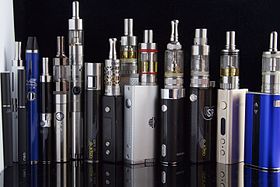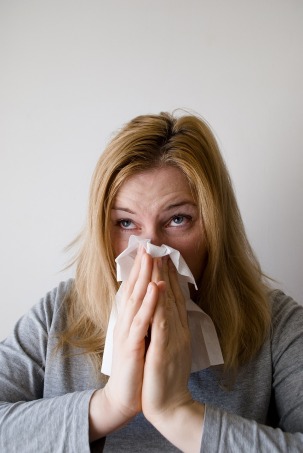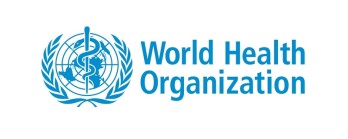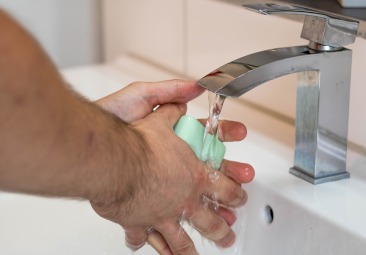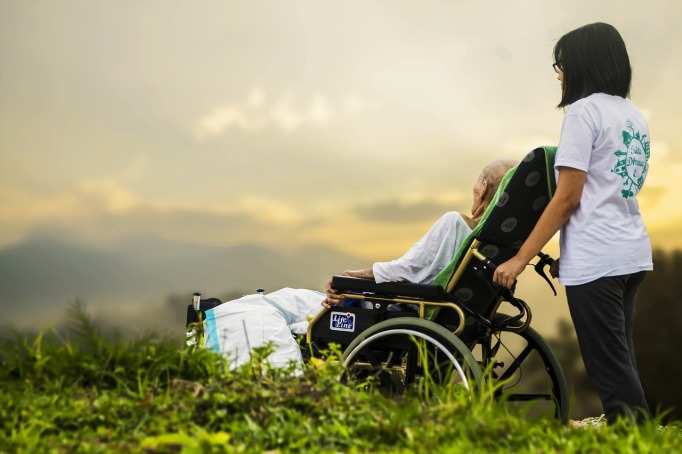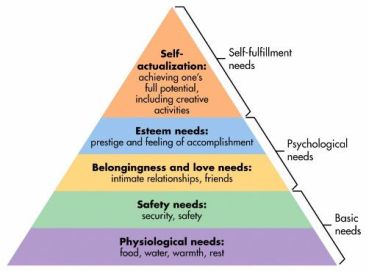Once touted as a traditional cigarette replacement on the road to quitting the nicotine habit ‘electronic cigarettes’ or e-cigarettes as they are more commonly known has developed a bad reputation. ABC news reported on Thursday that support is growing for New South Wales to join five other Australian states (ACT, Queensland, Victoria, Tasmania and South Australia) in banning the use of e-cigarettes in smoke-free public areas where currently only traditional burned cigarettes are outlawed. So what are e-cigarettes and are they as harmful to the user and bystanders as traditional cigarettes?
What are e-cigarettes
Both traditional cigarettes and e-cigarettes do share one very common trait, the heating of the consumed material to make either smoke or vapor. E-cigarettes, instead of using smoldering or fire to burn the solid material implement an electronic heating element within the device to vaporize a liquid thereby allowing that liquid to enter the user’s lungs much the same as traditional tobacco smoke. Proponents say that e-cigarettes are less harmful to both the user by eliminating the secondary chemicals normally found in traditional cigarettes and to those affected by traditionally passive smoke as the e-cigarette is less likely to transmit harmful chemicals throughout a space. The latter fact is what is being debated regarding the smoke-free e-cigarette ban.
Traditional cigarette risks versus e-cigarettes
Traditionally burned cigarettes have been widely studied and their harmful health effects well known. The American Cancer Society warns that there could be as many as 70 harmful chemicals in cigarettes which could lead to cancer when burned and inhaled. The same site does state that there are chemicals known to be contained in e-cigarettes which could contribute to cancer formation, however the biggest risk in e-cigarettes is the current lack of regulation and control on the ingredients, both type and quantity, which means that it is difficult to quantify their effects. A publication by New South Wales Health agrees with the American Cancer Society that there are a wide variety of levels of harmful chemicals, including nicotine, in unregulated levels within various e-cigarettes without accurate labeling. Additionally, e-cigarettes could also contain other by-products such as heavy metals which are used in the heating elements of the device. The take-home message for users of e-cigarettes is that there is an inherent danger as the e-cigarette market is mostly unregulated allowing for a range of chemicals, both listed and unlisted, to be included in the liquid active ingredients. This range of chemicals could lead to both short and long-term health effects.
The New South Wales Health fact sheet also state that there is a risk of exposure for people in the immediate vicinity of users of e-cigarettes, known as exposure to second-hand smoke. Again research into second-hand smoke with traditional cigarettes have been widely studied; and this has led to the smoke-free bans seen here in Australia and world-wide to protect non-smokers from the effects. The study into second-hand smoke amongst e-cigarettes and the effect on those around smokers is not as clear cut.
Second-hand e-cigarette smoke research and opinion
A systematic review of the effects of second-hand smoke from e-cigarettes was published by the Public Health Research and Practice group in 2016. The review looked at scholarly articles published between 1996 and 2015 regarding the study of this subject. The results showed that there were particles of nicotine, harmful chemicals similar to traditional cigarettes and heavy metals found within the vicinity of the e-cigarettes. However, the levels of these chemicals were much less. Additionally, the spread of these chemicals was overall less as the authors concluded the exhalation of traditional cigarette smoke could spread the airborne chemicals further than e-cigarettes. However, this study concluded similar results to those listed above that regulation of e-cigarette ingredients and concentrations of those ingredients have led to poor research outcomes.
The ‘vaping’ community has weighed in on this topic. The website “Vaped: by Totally Wicked” has stated:
Though studies are still ongoing on this topic, those that have been done so far strongly indicate that passive vaping poses little danger, if any. In fact, what they have managed to show thus far is that passive vaping is a non-existent problem, with ‘no apparent risk to human health from e-cigarette emissions based on the compounds analysed.’
The study linked to this statement was published in 2012 by the journal Inhaled Toxicology. While I did not have access to the article the synopsis did state that
For all byproducts measured, electronic cigarettes produce very small exposures relative to tobacco cigarettes. The study indicates no apparent risk to human health from e-cigarette emissions based on the compounds analyzed.
The issue is that the study used four e-cigarette liquids and compared to traditionally burned cigarettes. As the discussion has indicated previously there is widespread variation in chemical inclusions and concentrations as well as a lack of clear labelling which makes any comparison impossible. Therefore, research into the effects of passive smoke cannot be generalized at this point.
Another blog site, Vaping 360, lists a 2016 report prepared by the Royal College of Physicians entitled “Nicotine without smoke Tobacco harm reduction” which discussed the use of e-cigarettes as nicotine-replacement- alternatives and how traditional tobacco companies were attempting to gain ground in this market within the UK. The Vaping 360 cite quoted:
Users of e-cigarettes exhale the vapour, which may therefore be inhaled by others, leading to passive exposure to nicotine. There is, so far, no direct evidence that such passive exposure is likely to cause significant harm, although one study has reported levels of polycyclic aromatic hydrocarbons that were outside defined safe-exposure limits. It is clear that passive exposure will vary according to fluid, device and the manner in which it is used. Nicotine from exhaled vapour can be deposited on surfaces, but at such low levels that there is no plausible mechanism by which such deposits could enter the body at doses that would cause physical harm.
Nicotine-replacement legislation in Australia
But the debate over second-hand smoke and e-cigarettes could be moot here in Australia. According to the Royal Australian College of General Practitioners (RACGP) the use of e-cigarettes for nicotine-replacement are illegal.
In all Australian states and territories, it is an offence to manufacture, sell or supply nicotine as an S7 poison without a licence or specific authorisation. This means e-cigarettes containing nicotine cannot be sold in any Australian state or territory. There are several reported instances where individuals have been charged with the illegal supply of liquid nicotine for use in e-cigarettes in Queensland.16,17
A recent clarification from the Federal Department of Health has advised that nicotine can be imported by an individual for use as an unapproved therapeutic good (eg a smoking cessation aid), but the importer must hold a prescription from an Australian registered medical practitioner and only import 3 months’ supply at any one time. The total quantity imported in 12 months cannot exceed 15 months’ supply of the product at the maximum dose recommended by the manufacturer.18 Most current consumers are unlikely to visit medical practitioners for a prescription of products that are readily available over the internet. The purchase and possession of nicotine by individuals are not regulated by Commonwealth legislation except for importation as allowed under Commonwealth law.
Non-nicotine e-cigarettes are not regulated, according to the RACGP site, however if they are not specifically for nicotine-replacement therapy then their use is purely recreational and should be subject to concerns raised by state governments and health authorities as to the additive chemicals and the effects of those chemicals on non-users within the immediate vicinity. Therefore, with no specific medical need for e-cigarettes the health concerns of second-hand smoke should outweigh the desire to have a cigarette-substitute in public and should be banned.
What does all of this mean for e-cigarette use in public?
So what does this mean for Australia, and specifically New South Wales, in the debate over e-cigarettes? The debate, to me, is quite simple. E-cigarettes in Australia at this point cannot contain nicotine as per Commonwealth law. Therefore, they cannot be considered as a replacement to traditional cigarettes as has been touted elsewhere in the world. That also means they have no medical necessity to users. Non-nicotine e-cigarettes at this point are legal, however there are a number of chemicals used in various e-cigarettes which can be as harmful as in traditional cigarettes to individuals standing within close proximity to the user. Additionally, chemicals used in e-cigarettes are not regulated so the quantities and types of chemicals contained do not need to be listed. While e-cigarettes are less harmful than traditional cigarettes there is still a risk of passive second-hand exposure. So there seems to be no reason why the state government should not join the five other states in outlawing e-cigarette use in smoke-free locations throughout the state.
Your thoughts? Until next time,
Ray
References
ABC News- E-cigarette ban in smoke-free areas of NSW attracts Government support
Web MD- The Vape Debate: What You Need to Know
https://www.webmd.com/smoking-cessation/features/vape-debate-electronic-cigarettes#2
American Cancer Society- Harmful Chemicals in Tobacco Products
New South Wales- Are electronic cigarettes and e-liquids safe?http://www.health.nsw.gov.au/tobacco/Factsheets/e-cigs-are-they-safe.pdf
Centers for Disease Control- Secondhand Smoke (SHS) Facts
https://www.cdc.gov/tobacco/data_statistics/fact_sheets/secondhand_smoke/general_facts/index.htm
Public Health Research and Practice- A systematic review of the health risks from passive exposure to electronic cigarette vapour
Vaped: by Totally Wicked- SHOULD YOU WORRY ABOUT PASSIVE VAPING?http://www.totallywicked-eliquid.co.uk/vaped/passive-vaping/
Inhaled Toxicology- Comparison of the effects of e-cigarette vapor and cigarette smoke on indoor air quality.
https://www.ncbi.nlm.nih.gov/pubmed/23033998
Vaping 360- Is second hand vapor harmful?
http://vaping360.com/is-second-hand-vapor-harmful/
Royal College of Physicians- Nicotine without smoke: Tobacco harm reduction
https://www.rcplondon.ac.uk/projects/outputs/nicotine-without-smoke-tobacco-harm-reduction-0


